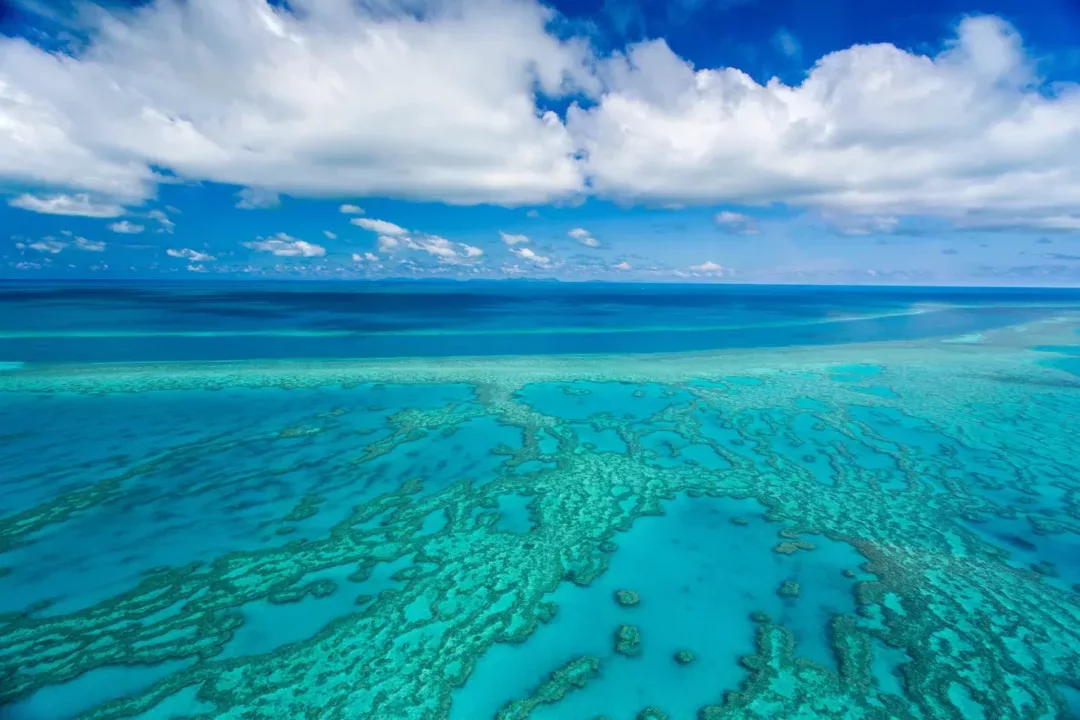The Great Barrier Reef may be the planet’s largest living structure, but its underwater landscapes have never been fully mapped – until now.
The Great Barrier Reef Marine Park Authority is teaming up with the University of Queensland in a collaborative project that will see the Great Barrier Reef’s biology and geomorphology mapped in unprecedented 3D detail.
Thanks to technology advancements, spatial experts can now combine state-of-the-art satellite imagery, bathymetry, slope, wave data, climate data, and modelling techniques, as well as project partners’ knowledge of reef environments, to fill existing gaps. It builds on more than 20 years of work by remote sensing experts and will combine the knowledge of ecologists, Reef managers and citizen scientists.
The project is set to be a game changer for Reef management, including how managers look at Reef monitoring and restoration. The maps will be used as a base layer in the development of a Reef knowledge system, which is the online visualisation component of the Reef 2050 Integrated Monitoring and Reporting Program. This program will provide coordinated access to Reef information to guide and inform resilience-based management, as well as underpinning the evaluation of the Reef 2050 Long-Term Sustainability Plan.
For more information, visit the Authority’s website.

